Soy is the topic of a lot of controversy when it comes to plant-based eating. It can be very confusing! Some claim it’s good while others say it’s bad. So what are we to do?️ There’s a LOT we could cover, but I’ll address a few common questions based on what the research we DO have says.
What is Soy?
Soybeans are a type of legume native to Asia, where soy has been part of traditional Asian diets for thousands of years. Currently, soy is popularly consumed as a plant-based source of protein and as an ingredient in many processed foods. Most GMO soy produced in the US is fed to chickens, pigs, and cows.
Let’s clear the air real quick…
Media Influence
Soy’s controversy is largely a product of misconstrued studies and media hype. For example, when a couple men (yes, that means two) reported feminizing effects associated with soy consumption the media ran with it and demonized this harmless little legume. They failed to mention these men were consuming approximately 14-20 servings per day. That’s nearly ten times higher than traditional Asian intake!
See how easy it is to make assumptions without all the facts?
What does the research say?
Research shows the consumption of soy is associated with lower breast cancer risk and improved breast cancer survival. (I can send you some studies on this if you’re interested in reading scientific papers. I also listed my sources at the bottom of this page.) Concerns that soy intake may be related to breast cancer is not supported by clinical and epidemiological evidence.
How much soy can I eat?
It’s recommended to eat no more than 3 servings per day. (Some plant-based experts recommend up to 5 servings per day). Legumes are a healthy food that should be a part of most diets, plant-based or not. Legumes include lentils, peas, and beans and much more! While soy is a great plant-based protein source but it’s not the only source.
How to choose soy products?
First, look for organic and non-GMO. (Note: GMOs are prohibited in organic products so if you buy organic soy it is also non-GMO). Second, look for sprouted and/or fermented soy if available. Minimize soy consumption in processed foods as much as possible.
Personally, my favorite sources are tofu, tempeh, and miso.
Eating more plants can come with its challenges. There’s a lot of nutrition noise out there, everyone has an opinion, and it can be confusing to figure out what works best for YOU. Working through these challenges and learning how to easily incorporate more plant-based foods into your diet and lifestyle can be helpful. Working with a plant-based dietitian to guide you through your unique journey and surrounding yourself with other like-minded people who are on a similar journey can be monumental. When you join my nutrition coaching program, you’ll get a highly customized, one-on-one experience to help you confidently and sustainably eat foods that taste good and make you feel good. Click the button below to learn more about my approach and see what other clients have to say.
References:
Zhang Y-F, Kang H-B, Li B-L, Zhang R-M. Positive Effects of Soy Isoflavone Food on Survival of Breast Cancer Patients in China. Asian Pacific Journal of Cancer Prevention. 2012;13(2):479-482. doi:10.7314/apjcp.2012.13.2.479.
Cohen L. Soy food intake after diagnosis of breast cancer and survival: an in-depth analysis of combined evidence from cohort studies of US and Chinese women. Breast Diseases: A Year Book Quarterly. 2012;23(4):327-328. doi:10.1016/j.breastdis.2012.10.017.
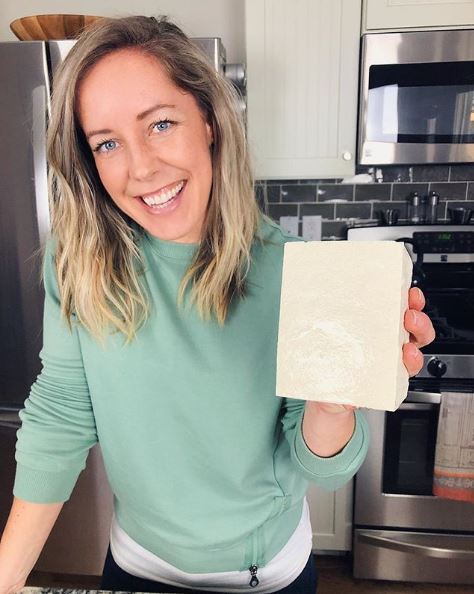





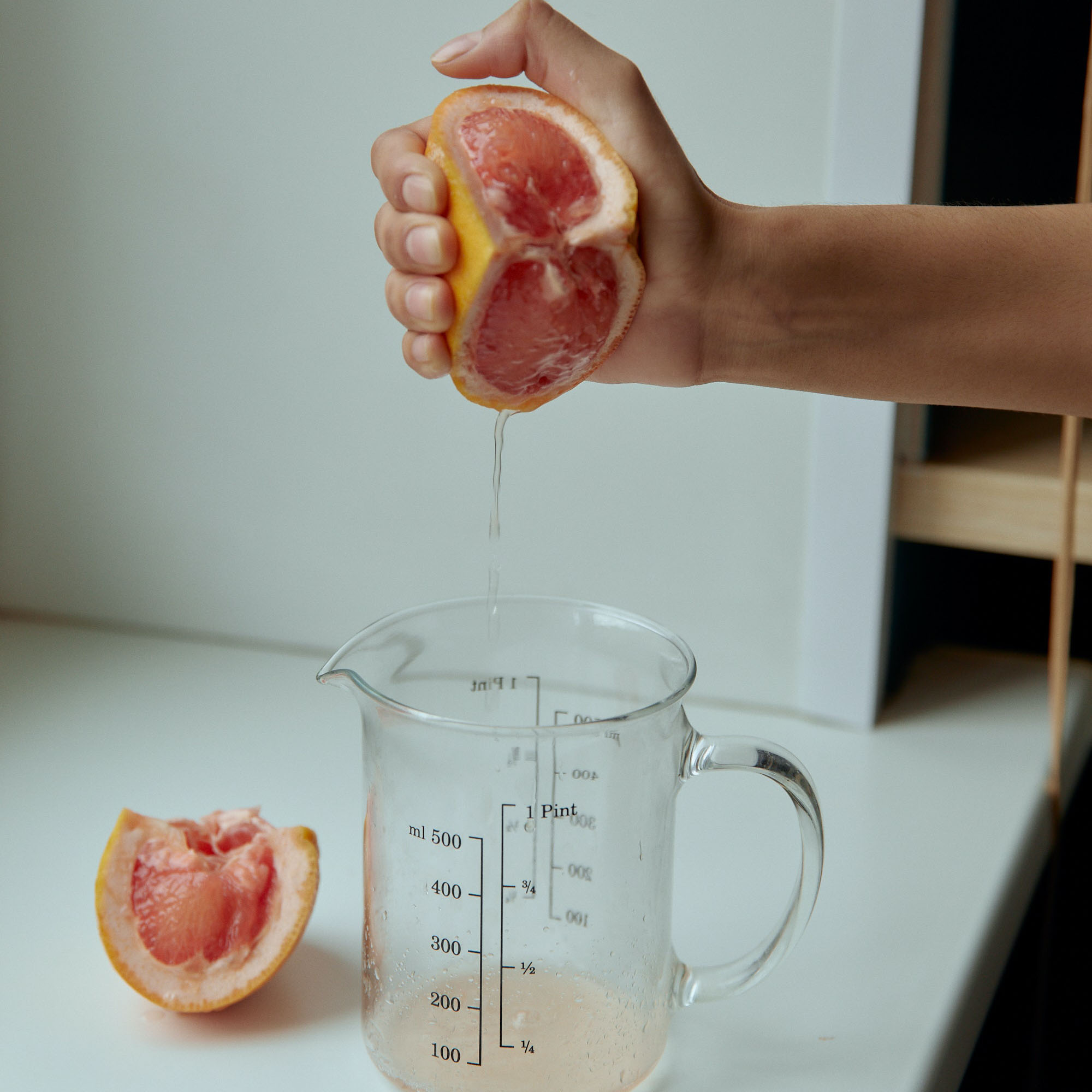







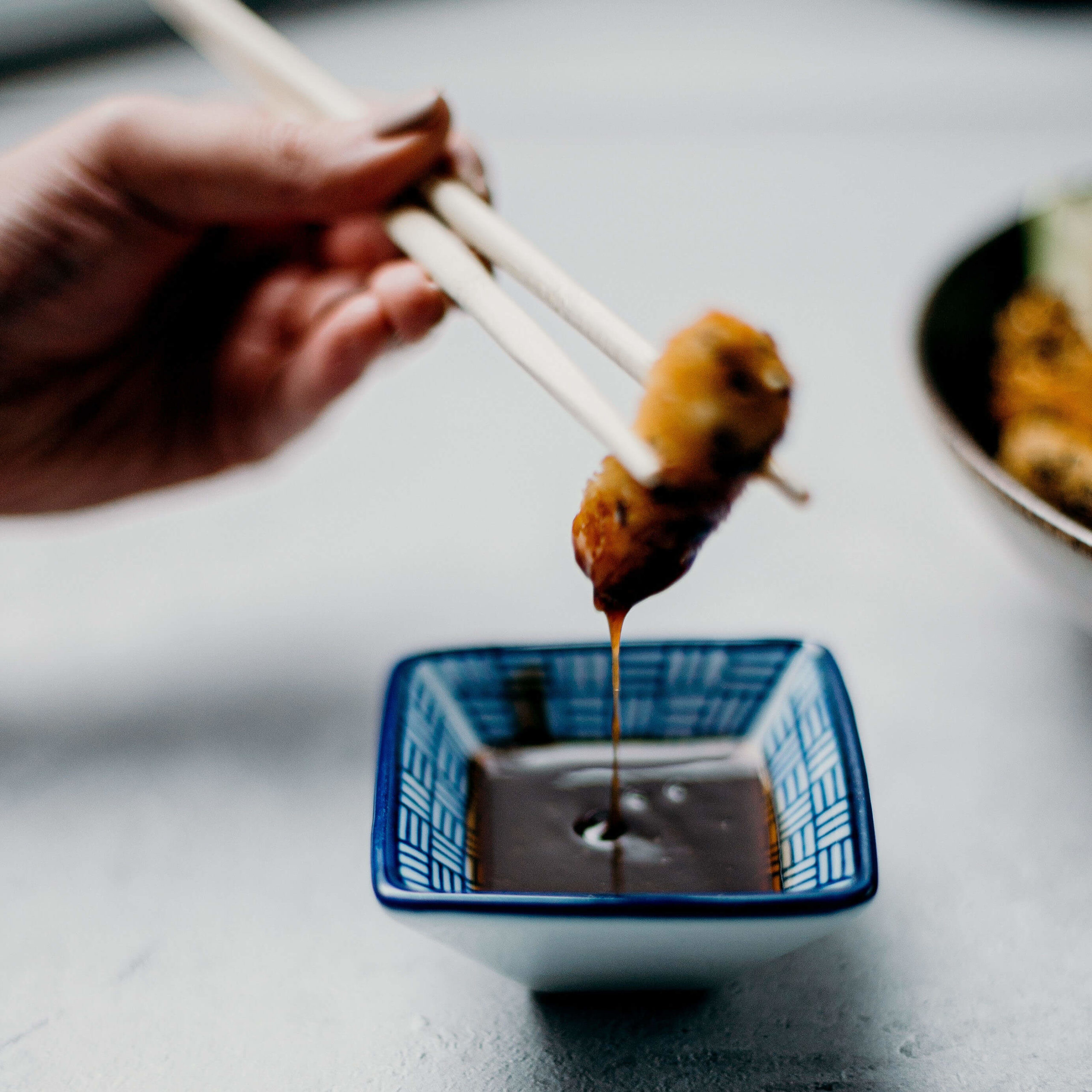



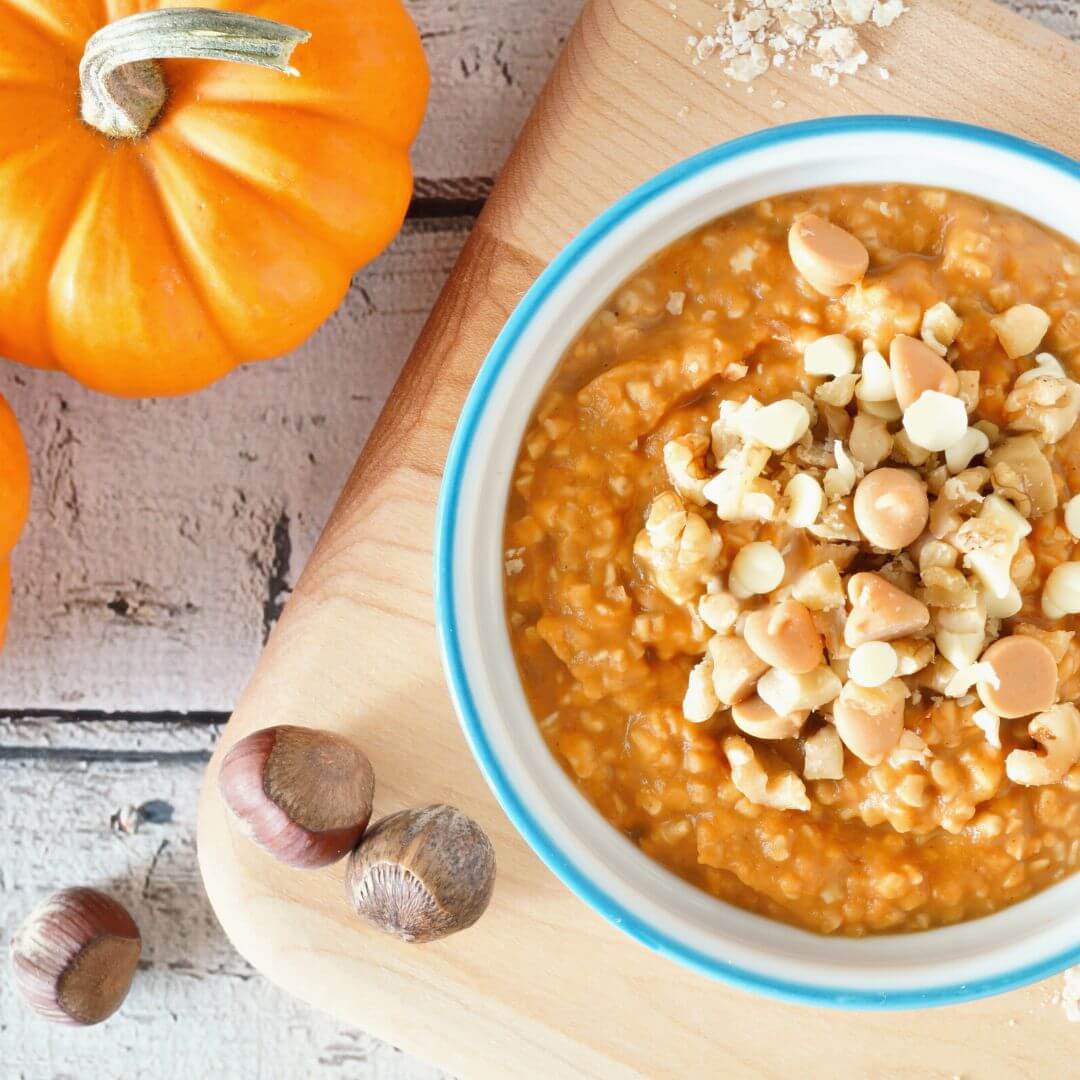



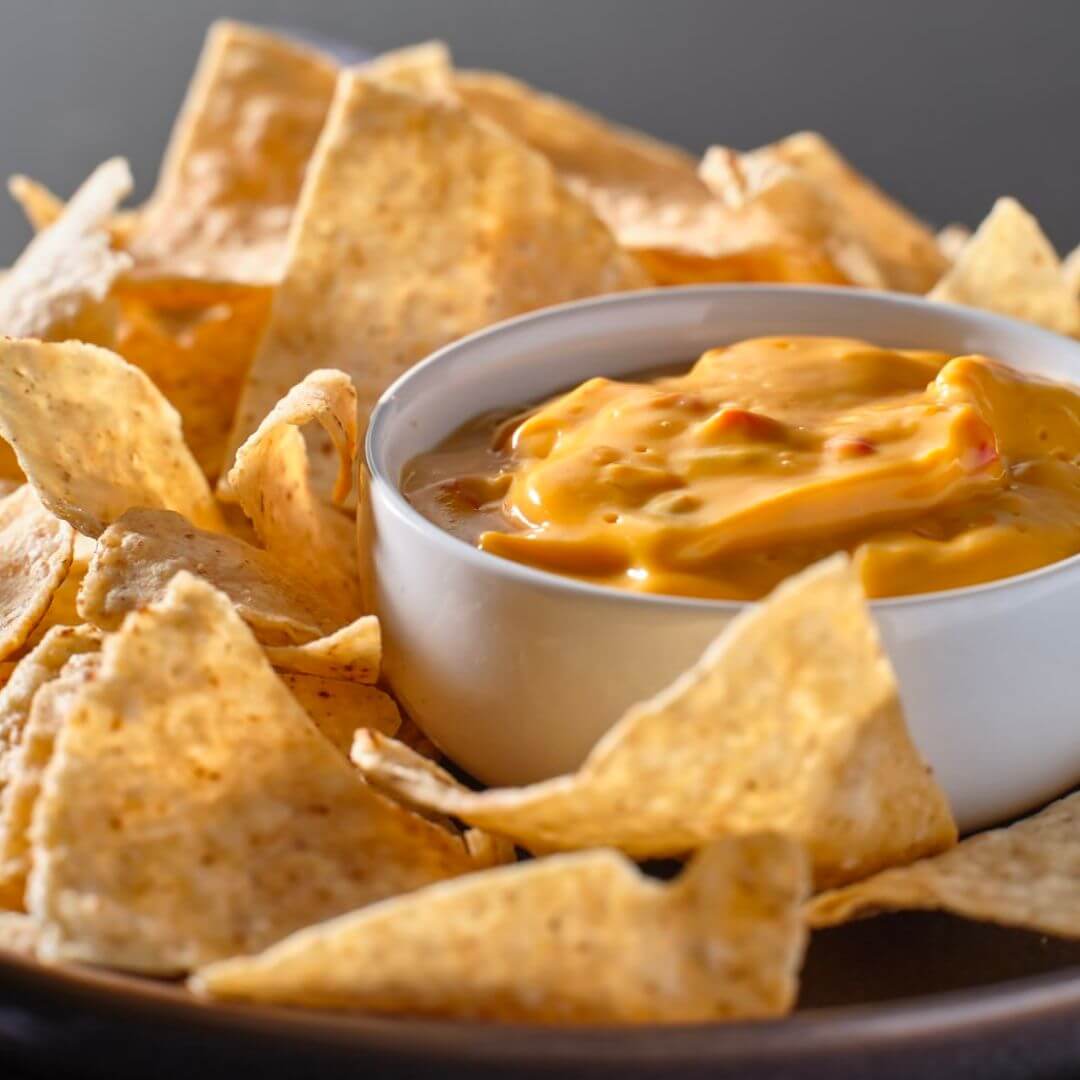
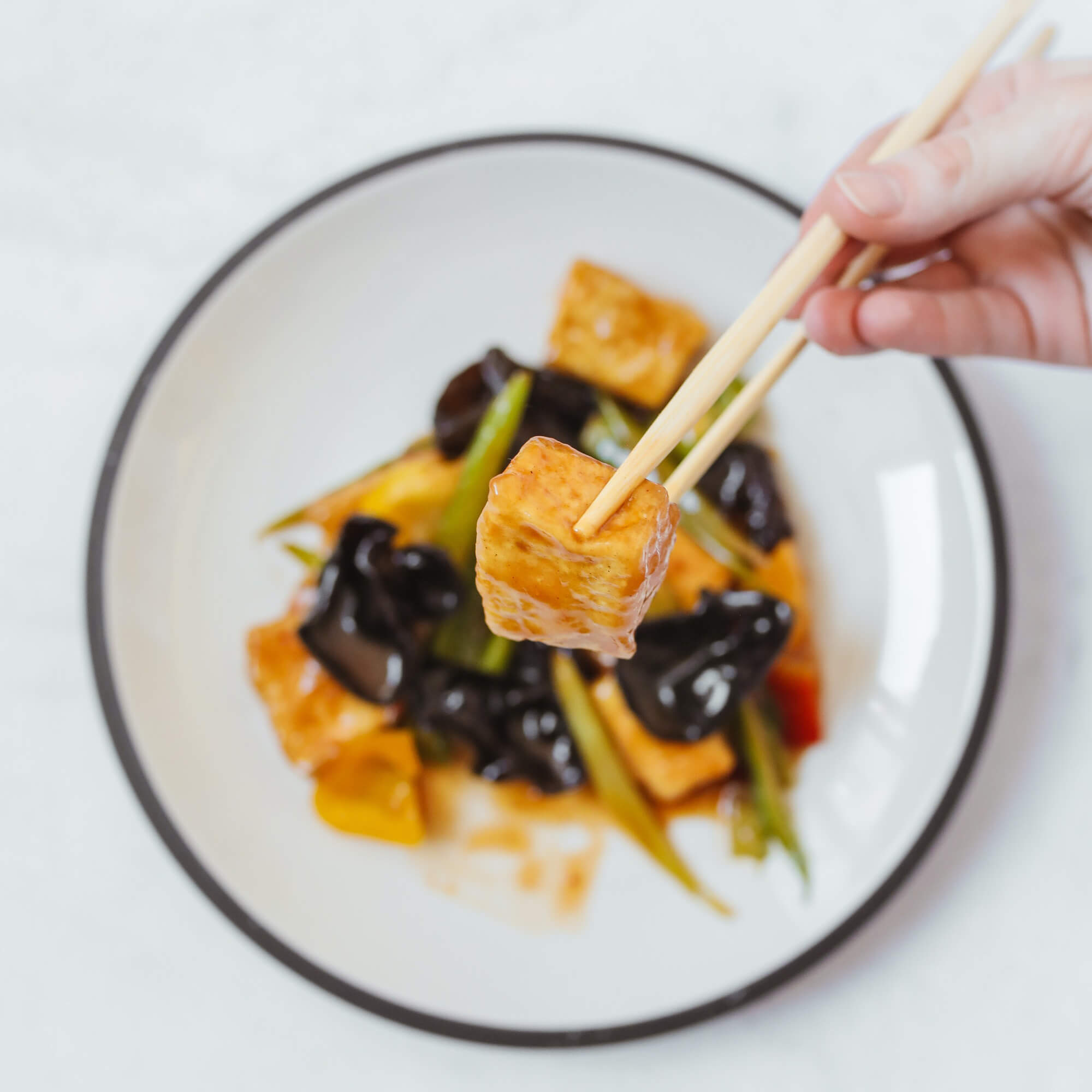


share
click to LEAVE A COMMENT